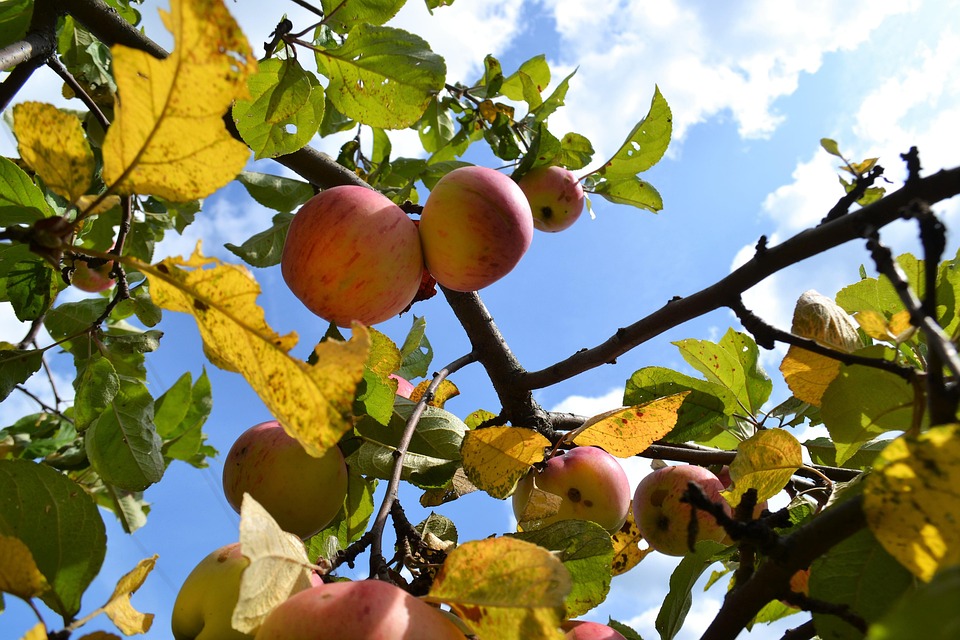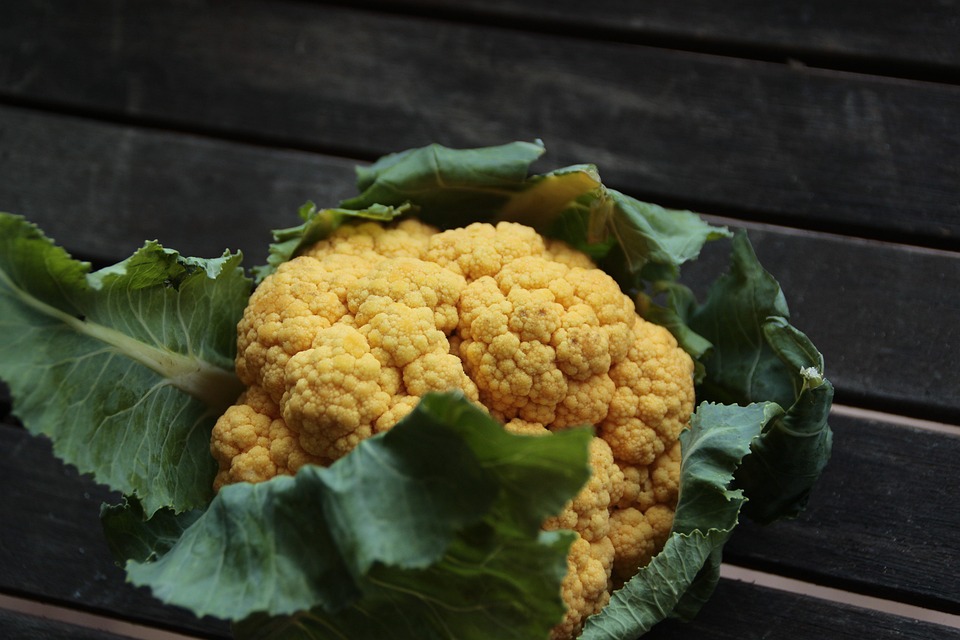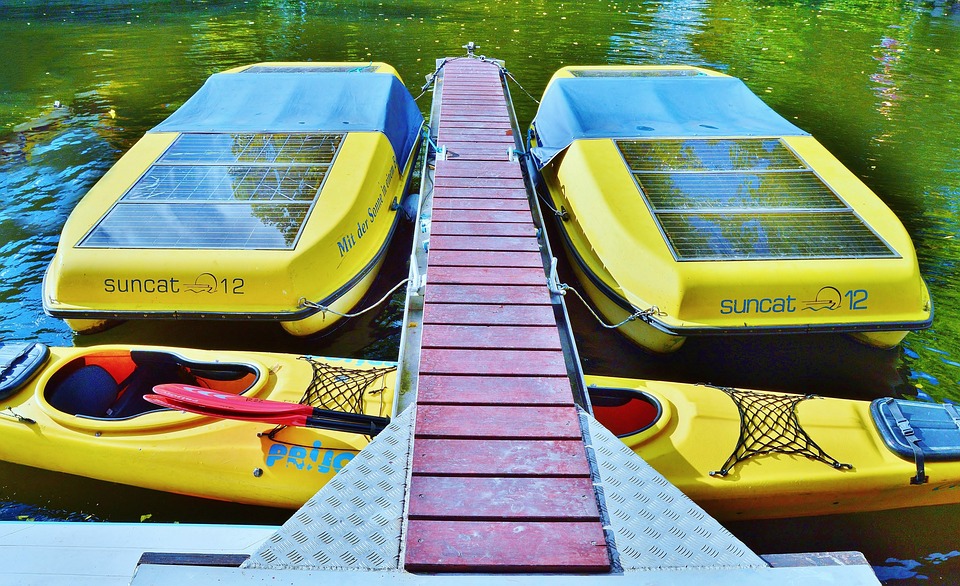**From Farm to Table: The Impact of Sustainable Agriculture on Food Systems**
## From Farm to Table: The Impact of Sustainable Agriculture on Food Systems There’s something profoundly moving about biting into a sun-ripened tomato plucked straight from the vine, its flavor bursting with the essence of summer. The taste transports you to lush rows of leafy greens and vibrant vegetables thriving under the warm sun. In recent times, this simple, yet profound joy has become a rallying point for communities striving for a healthier planet, a better diet, and a revitalized connection to their food sources. Through the lens of sustainable agriculture, we can explore how these practices weave into our broader food systems, impacting everything from local economies to our personal health. ### What is Sustainable Agriculture? Sustainable agriculture is more than just a method of farming; it’s a philosophy rooted in stewardship of the land, the environment, and the community. This approach prioritizes practices that preserve resources for future generations while meeting the needs of the present. It embraces several core principles: 1. **Ecological Balance:** Maintaining biodiversity and healthy ecosystems, promoting soil health, and managing water efficiently. 2. **Social Equity:** Ensuring fair treatment and opportunities for all individuals involved in the agricultural process, from farmworkers to consumers. 3. **Economic Viability:** Supporting local economies through regenerative practices while allowing farmers to earn a fair income. 4. **Food Quality and Safety:** Producing nutrient-rich food without the use of harmful chemicals and processes, providing nutritious meals for all. ### The Ripple Effect: From Farm to Dinner Plate The journey from farm to table is a symbiotic relationship that defines food systems. Sustainable agriculture acts as a catalyst for positive change, benefiting not only farmers but entire communities. Here’s how: #### 1. Local Economies Blossom Sustainable agriculture encourages the consumption of local produce, reducing the reliance on large-scale food manufacturers. Farmers’ markets and community-supported agriculture (CSA) programs are flourishing as consumers seek fresh, seasonal produce directly from their neighbors. Investing in local farms means the money stays within the community, fostering local jobs, and reinvigorating rural economies. #### 2. Nutritional Benefits Abound Food grown sustainably tends to be fresher and packed with flavor. This freshness comes not only from being harvested at its peak ripeness but also from the absence of harmful preservatives. Studies have shown that sustainably grown food often has higher nutrient density compared to conventionally grown products. Less food miles (the distance food travels from farm to table) mean fewer carbon emissions and a more environmentally friendly diet. #### 3. Environmental Impact Sustainable agriculture positively influences the environment by promoting practices such as crop rotation, agroforestry, and permaculture. These methods help sequester carbon in the soil, support biodiversity, and reduce the need for chemical fertilizers and pesticides. By nurturing the land, sustainable farmers restore ecosystems, reducing the impact of agriculture on climate change. ### Building Community Connections Coming together around food fosters strong social ties. Community gardens and cooperative farms allow neighbors to plant, tend, and harvest together. These shared experiences create a sense of belonging, bridging generational and cultural divides over a simple task—growing food. #### 1. Educational Initiatives Many farmers and organizations invest time in educating the community about sustainable practices. Workshops and hands-on training help individuals learn to grow food sustainably in their backyards. This grassroots education can lead to a broader movement advocating for food sovereignty and environmental justice. #### 2. Cooking and Sharing Sharing great meals cultivates relationships. Events that promote cooking with local ingredients foster experimentation and creativity in the kitchen. These gatherings encourage people to explore new recipes and rediscover traditional culinary practices, furthering their connection to the land and food system. ### The Role of Technology in Sustainable Practices While abundant in natural methods, sustainable agriculture also embraces technology to enhance efficiency and productivity. Innovations such as precision farming, data analytics, and climate-resilient crops play crucial roles in optimizing yields while minimizing resource use. #### 1. Smart Farming Techniques Smart irrigation systems can monitor moisture levels in real-time, reducing water waste. Drones can survey crops, identifying stressed areas requiring attention long before human eyes can perceive the changes. These technologies empower farmers to enhance their practices while respecting environmental boundaries. #### 2. Online Platforms for Community Engagement The digital age continues to crack open new avenues for collaboration. Online platforms can connect local farmers directly with consumers, enabling transparent communication about sourcing, practices, and seasonality. Users can access information about where their food comes from and the story behind each product, fostering a deeper appreciation for their meals. ### Pro Tips for Supporting Sustainable Agriculture Transitioning to a more sustainable lifestyle doesn’t require drastic changes; small, intentional steps can yield significant impacts. Here are some actionable tips: 1. **Shop Local:** Visit farmers’ markets or join a CSA to obtain fresh, seasonal produce. Support local farmers directly by purchasing their products. 2. **Grow Your Own:** Start a small vegetable garden, no matter how limited your space. Container gardening can yield flavorful herbs and vegetables, even on a balcony. 3. **Reduce Waste:** Implement composting practices at home to turn food scraps into valuable nutrients for your garden. 4. **Educate Yourself and Others:** Attend workshops, read books, or join online forums focused on sustainable agriculture. Share this knowledge with friends and family to inspire them to join the eco-friendly effort. 5. **Cook with Seasonality:** Explore seasonal recipes that make the most of what’s available in your area. It’s a fun way to diversify your meals and support local agriculture. ### The Future of Sustainable Agriculture: A Collective Responsibility As consumers, we hold the power to shape food systems through our choices. By advocating for sustainable practices, supporting local farmers, and educating ourselves and others, we can create a healthier environment and a resilient food system. What we champion today will nourish future generations. The path may have its challenges, but by coming together as a community—neighbors united by a commitment to sustainability—we can cultivate a brighter future for our food, our health, and our planet. ### Conclusion: The Culinary Journey Ahead As you savor










